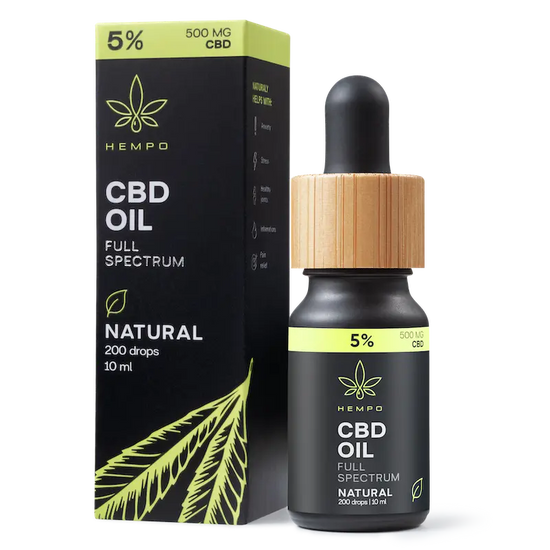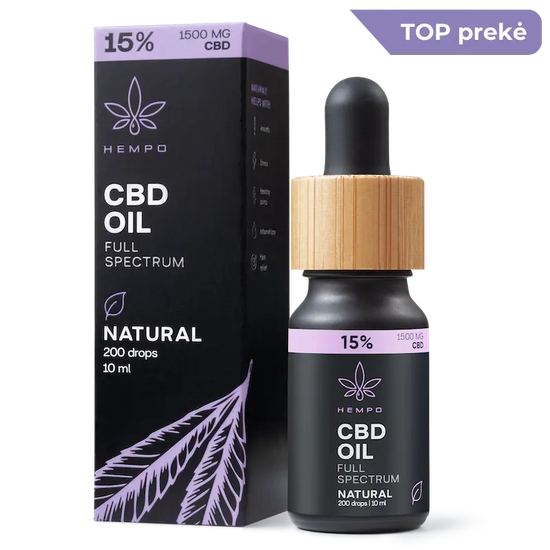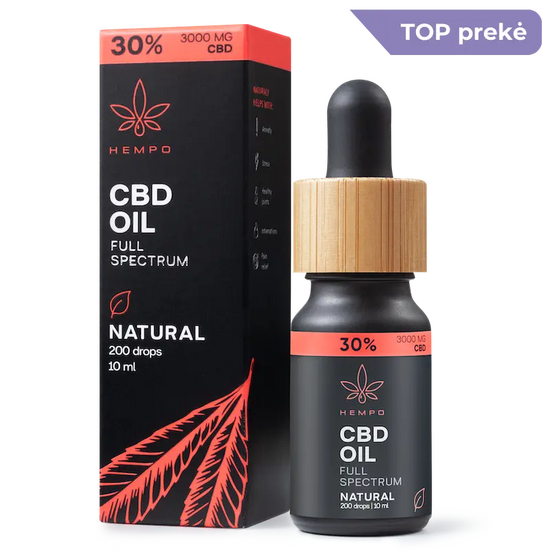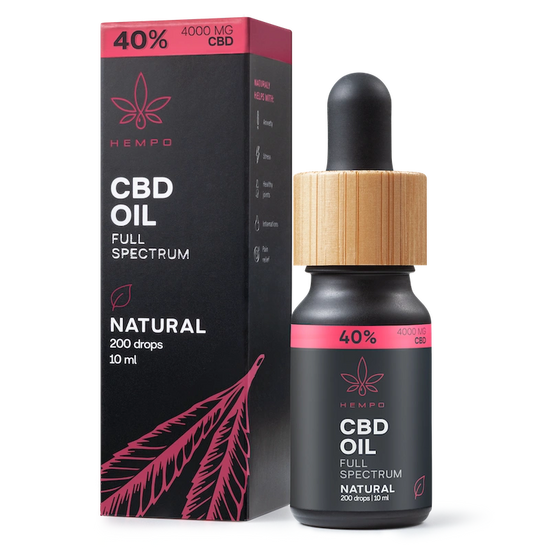Hemp vs. marijuana: what’s the difference?
Our mission is to change people’s misconceptions about hemp and help them understand its benefits. In this article, we discuss the main differences between hemp and marijuana.
Table of Contents

Differences between CBD and THC
It would be wrong to claim that hemp and marijuana are two different types of plants – these plants belong to the same group of the hemp (Cannabaceae) plant family calledCannabis Sativa. The main difference between these plant species is the amount of the psychotropic substance tetrahydrocannabinol (THC) and the beneficial cannabinol (CBD) they contain. In most countries of the European Union, hemp plants with a THC content of less than 0.2% are classified as hemp, which can be legally grown and used by various industries (food, cosmetics, clothing, etc.). And all other hemp plants with a psychotropic THC content of more than 0.2% are classified as narcotic cannabis (marijuana).
In short, both types of hemp contain a wide range of cannabinoids. The difference is that the dominant cannabinoid in narcotic cannabis is the psychoactive tetrahydrocannabinol (THC), which can range from 5 to 30%, while the dominant cannabinoid in hemp is the cannabidiol (CBD) and the content of THC is less than 0.2%, so it is completely safe to use.

Visually, the two plants are quite different. If you compared them side by side, the differences would be obvious. Typically, marijuana has wider leaves with dense, large flowers and is more bush-like, growing up to 2 meters tall. In contrast, a hemp plant grows much taller (up to 4 meters) and visually appears slimmer with narrower leaves, most of which are at the top of the plant.
How Industrial Hemp is Grown
To understand how industrial hemp is cultivated, it is essential to delve into the nuances of the growing process, which requires particular care and attention. Many people still question the differences between industrial and psychoactive cannabis; the primary distinction lies in the THC content and the plants' ultimate purposes. Industrial hemp contains minimal THC and is typically grown for industrial purposes. Farmers use specific methods to ensure the highest quality hemp fiber. Unlike psychoactive cannabis, industrial hemp is grown to supply materials for textiles, construction, and other industries.
It is crucial to recognize that industrial hemp thrives in well-drained soil with a balanced nutrient composition.The cultivation processbegins with selecting the appropriate seed variety bred specifically for fiber production. Industrial hemp should be planted densely to grow tall and slender, ideally suited for fiber. Throughout the growing process, farmers must monitor for pests and diseases, although hemp's resilience to environmental factors makes it less susceptible to these issues.
From the farmers' perspective, the most important aspect of growing industrial hemp is its contribution to sustainable agriculture. Hemp is known for its low water consumption and ability to grow in various climate conditions, making it an environmentally friendly crop. In summary, cultivating industrial hemp with a focus on eco-friendly practices and diverse industrial applications highlights its unique value in agriculture, distinct from psychoactive cannabis.
Benefits and Uses of Industrial Hemp
In regards to the use of hemp in the production of CBD oil, it is worth noting that the inherent THC content of hemp is usually very low, making CBD oil extracted from hemp a popular and highly valued health product with universal benefits due to its non-psychoactive nature. Its ecological, industrial and health-related uses make hemp a valuable resource in a wide range of sectors, leading to a greener and more sustainable future.
The main difference between fiber hemp and psychotropic cannabis
The defining difference between these two plants is their chemical composition, especially the amount of tetrahydrocannabinol (THC). THC is a psychoactive cannabinoid found in 5 to 30% of marijuana plants. The THC content in hemp is less than 0.2%, so it has no psychoactive effects. The permissible limit of THC in hemp is strictly regulated in most countries of the European Union and ranges from 0.2 to 0.3%.
Growing marijuana requires a lot of care, the right conditions, optimal temperature, enough light and moisture. These plants are usually grown indoors and are highly susceptible to various diseases, moulds, etc., which is why fertilisers and pesticides are used. Hemp is relatively easy to grow. It grows well in various conditions and does not require much care, so it can be grown quickly and organically, without fertilisers and chemicals.

Hemp is very different from marijuana in its properties, applications in industry, cultivation and functionality. However, these differences did not change the decision of the politicians in 1970 to include all types of hemp plants and their forms in the list of category I narcotic substances.
Summary
More than 50 years later, the perception of hemp and its products has yet again changed in most countries of the world and hemp is no longer identified as marijuana. Nowadays, hemp can be and is used in thousands of different ways, including but not limited to various nutritional supplements, cosmetics, skin care products, pharmaceuticals, clothing, construction materials, etc. Read more about the importance of hemp in Lithuania and the world in this article.





